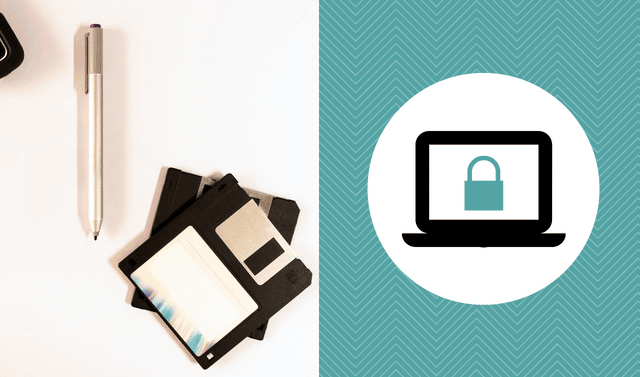Sign up for the Family Tree Newsletter Plus, you’ll receive our 10 Essential Genealogy Research Forms PDF as a special thank you!
Get Your Free Genealogy Forms
"*" indicates required fields
Want to make sure your family heirlooms fall into careful, appreciative hands after you’re gone? Follow these tips from lawyer Deborah L. Jacobs, author of Estate Planning Smarts: A Practical, User-Friendly, Action-Oriented Guide.
Q. Why include heirlooms in estate planning?
Q. What if my heirlooms aren’t valuable?
Q. So should I list all my heirlooms in my will or living trust?
A. Not necessarily. First, you don’t want to flag valuable items for the IRS if an estate tax return has to be filed. Most documents are written something like, “My belongings will be divided between these people.” The key is to either entrust people to equitably divide everything or to make arrangements beforehand; for example, put people’s names on things or start to distribute things you’re not using.
Q. The idea of handing out my prized possessions seems pretty morbid.
A. It’s hard giving away anything while you’re still alive—
pictures, letters, jewelry—because it’s a way of coming to terms with your own mortality. But when you downsize, you go through this process anyway. It’s easier on those left behind when you do it yourself, and you can participate in the meaningful experience of passing things on. Invite relatives over and go through things with them. Even if you really aren’t ready to part with your heirlooms, at least you can learn what your family will cherish and make a plan for them to receive those items.
Q. What if my relatives don’t want
what I want to give them?
Archival Action: Find Homes For Heirlooms
- List loved ones to whom you intend to pass on heirlooms one day. For each person, list any heirlooms you hope they’d like to have.
- Contact each individual in turn. If possible, invite the person to visit you at home or meet face to face. Otherwise, make a phone call.
- Explain to your loved one your desire that one day he or she will have a meaningful heirloom (or more than one) from you. Reassure loved ones who may be upset by this discussion. Say that you wish to enjoy the process of distributing the things you love to people you love, and that you want to share the stories or sentiments attached to heirlooms with those who will receive them.
- Describe any item(s) you have in mind for each person and why you thought of it. Ask whether this would be a welcome legacy. If you’re still looking for a good “match” between heirloom and heir, ask the person about any item or type of item she’d prefer to receive. Take notes and follow up.
- Explain your timing—whether you’re currently distributing items or organizing the process for the future. If heirlooms will be distributed after you pass away, explain how you’ll document your wishes for those who settle your estate.
- If items will be distributed after your death, make a detailed list of the items, where to find them, and who should receive them (with contact information). Sign and date the document and give it to at least one trusted family member and/or the executor of your estate. This document won’t be legally binding, but it will communicate your wishes to loved ones.
From the October/November 2012 issue of Family Tree Magazine.
ADVERTISEMENT




